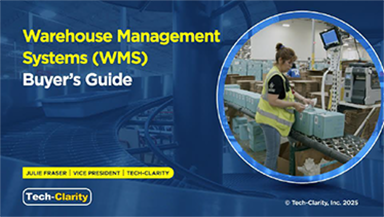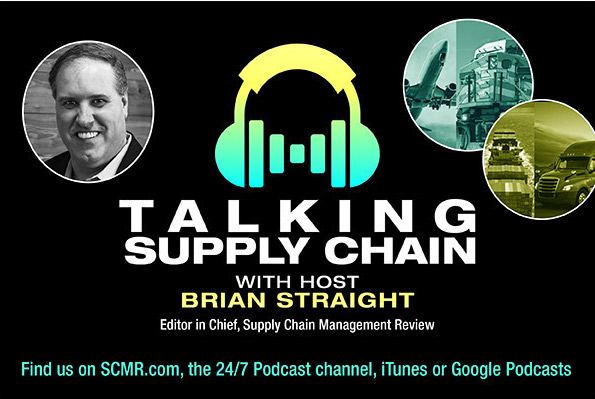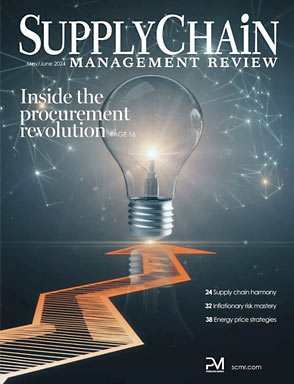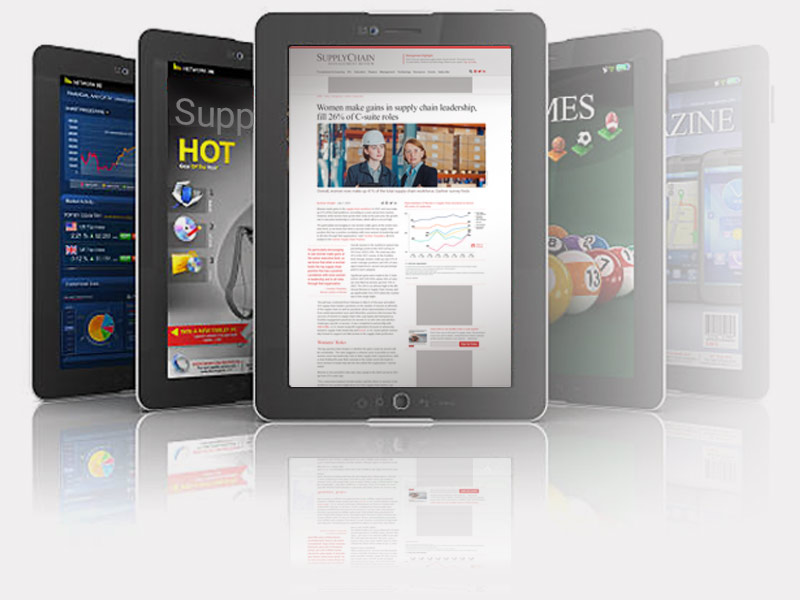The Board of Commissioners of the Port of New Orleans and the St. Louis Regional Freightway have entered into a Memorandum of Understanding (MOU) to exchange market and operational information with the goal of growing trade and building upon existing and new business relationships between the two regions and critical ports. The agreement also calls for joint marketing efforts to meet those objectives.
The MOU is the culmination of discussions begun during a September 2016 visit to St. Louis by the top official for the Port of New Orleans. At that time, it became evident that it would be mutually beneficial to foster even greater collaboration and leverage the intermodal connectivity between the Port of New Orleans and the St. Louis region.
“The Port of New Orleans historically has strong ties to business and industry via the St. Louis corridor,” said Brandy Christian, President and CEO of the Port of New Orleans. “Located in the Lower Mississippi River system and served by all six Class 1 railroads and the interstate highway system, Port NOLA is the most intermodal port in the nation. Today's agreement solidifies our efforts to work with our inland neighbors to develop new opportunities and optimize our connectivity.”
In an exclusive interview with SCMR, Mary Lamie, executive director of The St. Louis Regional Freightway, explained how the MOU was completed.
SCMR: Which party introduced the MOU?
Lamie: Last spring, representatives of The Freightway met with the Port of New Orleans to explore how to grow trade and build upon existing and new business relationships between the two regions. The Port of New Orleans proposed the MOU as a tool to formalize a partnership for joint marketing efforts and the exchange of operational information. The proposed MOU was the subject of further discussion in September 2016, when then President and CEO of the Port of New Orleans Gary LaGrange joined Bi-State Development and the St. Louis Regional Freightway to host an insightful forum in St. Louis that called attention to the tremendous economic growth opportunities for the St. Louis region through the Inland Port System.
More than 70 of the St. Louis region's leading manufacturers, shippers, logistic experts and economic development professionals were on hand to hear from LaGrange, who had been at the helm of the Port of New Orleans since 2001 helping to position it as the number one port for logistics in America and the fastest growing U.S. port for container on barge shipments. Details of the MOU were further refined during the fall visit and over the past several months, resulting in the final agreement signed in late February.
SCMR: How will this agreement help the St. Louis Region compete against other neighboring regions?
Lamie: This agreement with the Port of New Orleans will better position the St. Louis region to help accommodate anticipated growth in freight volumes and will provide a competitive transportation option in the global marketplace. Not many other regions in the U. S. have six Class I railroads, are home to the 3rd and 8th largest inland ports, have 2 international cargo airports and 4 interstates and are located within 500 miles of the one third of the U. S. population. Leveraging these competitive advantages with the Port of New Orleans' supply chain allows both regions to take advantage of the 40% increase in freight volume by 2045 estimated by the USDOT.
SCMR: Was this MOU designed to attract new business or retain current supply chain partners?
Lamie: Both! The MOU creates more opportunities for St. Louis regional ports and river terminals to capitalize on the recent growth in container on barge operations at the Port of New Orleans and the 500 million tons of cargo that annually move through the lower Mississippi River. The signing trip also included a tour of the Seacor AMH Terminal container on barge (COB) operations at the Port of Greater Baton Rouge. The Baton Rouge COB shuttle to New Orleans is one of many steps that demonstrate COB as a viable mode of transportation along the inland waterway system.
The Freightway, America's Central Port, Kaskaskia Regional Port District, St. Louis Port District, Seacor SCF, Terminal Railroad Association of St. Louis and Ingram Barge are working with national leaders, including freight forwarders and shippers, to identify and demonstrate the benefits of intermodal river transportation. Scrap metal, specialized grain, animal feeds, fabricated steel, seasonal furniture, tires, ceramic tiles and construction material are all commodities that could be easily transported via the inland waterways. Through partnerships with coastal ports like the Port of New Orleans, the St. Louis region can maximize intermodal river transportation and meet the freight volume demands of the future.
SC
MR

More Ports & Shipping
- Uber Freight’s Val Marchevsky to deliver Keynote at NextGen Supply Chain Conference
- From static to strategic: The shift to dynamic pricing models
- We cut shipping document costs by 98% and turnaround time by 99%: Here’s how
- Last call for speaker abstracts, award submissions for NextGen Supply Chain Conference
- Rooted in uncertainty: Why the agricultural supply chain is ripe for transformation
- Tariff tensions ease as U.S., China cut deal
- More Ports & Shipping
Latest Resources

 Explore
Explore
Procurement & Sourcing News
- C.H. Robinson rolls out AI agent to address LTL classification overhaul
- Danone latest to announce new US investment
- Uber Freight’s Val Marchevsky to deliver Keynote at NextGen Supply Chain Conference
- Unlocking the green grid: Innovations for eco-friendly last mile
- Dealing with supply chain complexities with scenario intelligence
- Securing critical minerals during a global trade war
- More Procurement & Sourcing
Latest Procurement & Sourcing Resources

Subscribe

Supply Chain Management Review delivers the best industry content.

Editors’ Picks





